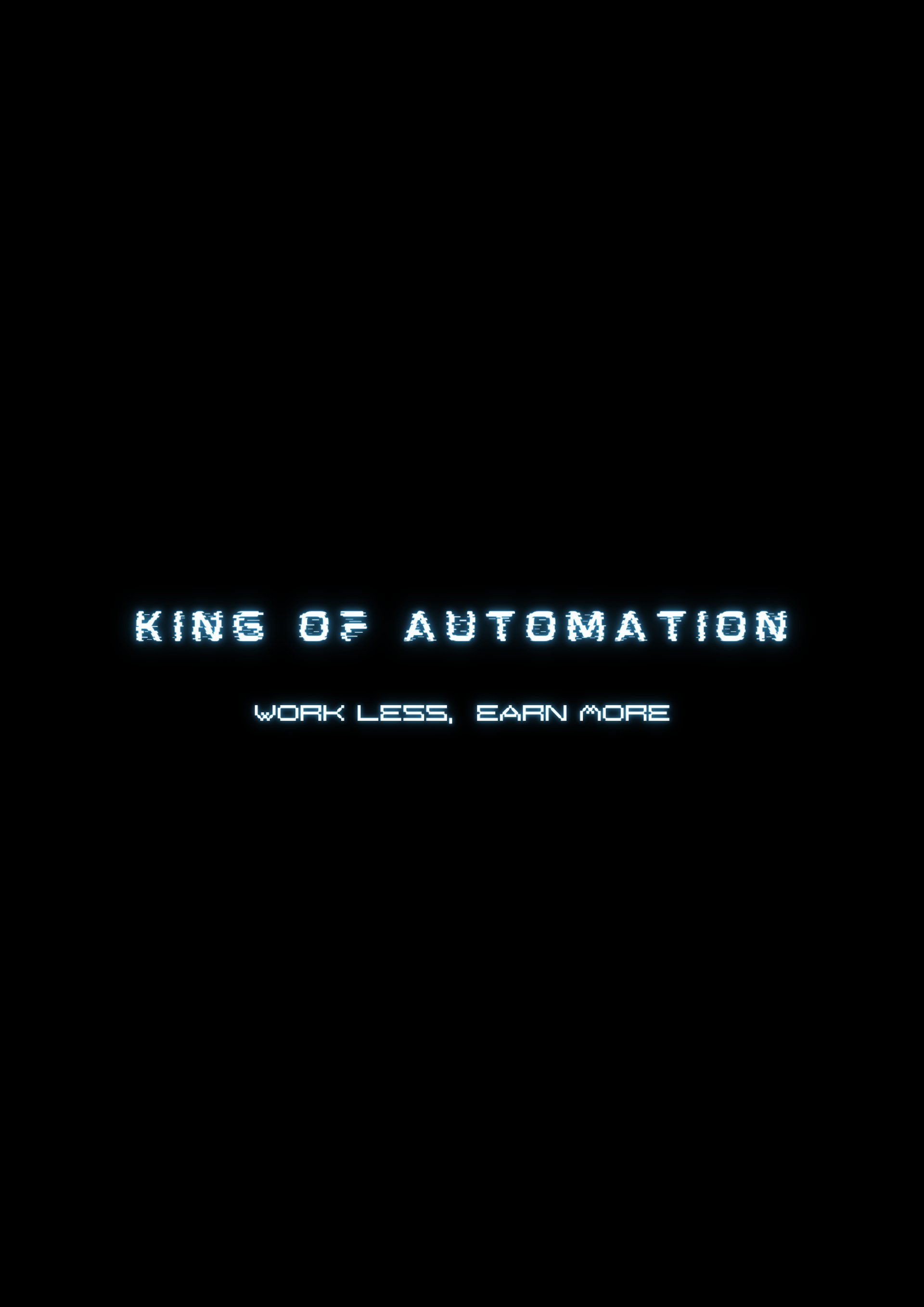WELCOME TO THE FUTURE
The Prompt Engineering Playbook: 6 Years of AI Secrets in One Guide
AI TUTORIALS
Lilo
5/17/2025

You’re Not Getting the Best From AI—Here’s Why (And How to Fix It)
Most people think they’re “using AI” when they open ChatGPT and start typing. But if you're still stuck on consumer interfaces, you're not prompt engineering—you’re playing with digital crayons while others are building machines. This post is a straight-up download of six years of prompt engineering knowledge. No fluff. Real tactics. Business-ready results.
Consumer Chatbots Are Sandboxes—You Need a Workbench
If you're still using ChatGPT or Claude’s default chat interface for serious work, you're doing it wrong. Those tools are built for mass-market convenience, not precision. What you don’t see is the invisible scaffolding injected into your prompts—stuff you didn’t ask for, that hijacks your outcome.
Want real control? Move to the API playground or use developer tools like Make. These are your cockpit. You get knobs and dials—temperature, stop sequences, system messages. You’re not just talking to an AI anymore. You’re engineering outcomes.
Shorter Prompts = Smarter Outputs
Here’s the dirty secret: the longer your prompt, the dumber your model gets. It’s counterintuitive, but that’s how LLMs work. After about 250 tokens, accuracy starts to nosedive. At around 800 tokens, you can lose 5–20% of performance—depending on the model.
So what’s the play? Ruthlessly compress your prompts. Say the same thing in fewer words. Strip the fluff, kill the verbosity. This isn’t about “dumbing it down”—it’s about increasing information density. Think of it like espresso: less volume, more kick.
System, User, Assistant: The Trinity of Prompting
Every prompt lives in a structure: System, User, and Assistant. Nail this structure, and you control the narrative arc of the conversation.
System: Sets the AI’s role. “You are a Spartan content strategist.”
User: Issues the task. “Write a concise blog post on prompt compression.”
Assistant: The AI’s response—yes, this itself becomes part of the ongoing prompt context.
Want to level up? Use the assistant message as a benchmark. Praise what worked, then ask it to replicate that success on a new topic. You’re not prompting anymore. You’re training.
The One-Shot Prompting Sweet Spot
Forget zero-shot. It’s garbage. And few-shot? Overkill. The sweet spot is one-shot prompting: give it a single example and you get a disproportionate boost in accuracy. Studies show the jump from zero to one example is bigger than one to twenty.
One well-placed example gives the model just enough structure to emulate—without bloating the token count. It’s the Goldilocks zone of prompting. Use it.
Conversational Engine, Not a Fact Machine
LLMs are not encyclopedias. They’re not search engines. They’re pattern machines. Think of them like a super well-read friend who’s great at analogies but bad at trivia. Don’t trust them for facts. Instead, use them to reason, explain, and explore.
The real power comes when you connect them to a knowledge base using Retrieval-Augmented Generation (RAG). Pair a conversational engine with a knowledge engine—and now you’ve got something lethal.
Define. Format. Test. Repeat.
Vague prompts get vague results. “Write me a report” is a garbage input. Instead: “List our five best-selling products and write a one-paragraph description for each in JSON format.” That’s how you get outputs you can actually use in a pipeline.
And stop trusting your gut. Test your prompts statistically. Run 20 outputs. Rate them. Then tweak. Iterate like you’re throwing darts at a board—each revision should tighten your spread. Fewer misses. More bullseyes.
The $500K Prompt Template You Should Steal
Here’s the structure I’ve used to generate half a million in deal flow via automation:
Context: Who you are, what domain you’re in
Instructions: What you want the model to do
Output Format: JSON, CSV, bullet list, etc.
Rules: Do’s and don’ts
Examples: User → Assistant pairs
Use this for everything from lead generation to Upwork proposals. This is how you scale personalization without cloning yourself.
Stop Using Dumb Models to Save Pennies
Here’s the math: high-end models like GPT-4 cost about half a cent per run. If your business is making thousands, and you’re skimping on quality to save literal pennies—you’re thinking small. Use the most capable model for the task, then optimize down if needed.
Start smart, then scale. Don’t start dumb and hope for magic.
This Isn’t Prompting. It’s Engineering.
Prompt engineering isn’t about tricking an AI into giving you what you want. It’s about architecting reliable, repeatable systems around language. It’s the new leverage. The people who master this won’t just automate tasks—they’ll automate scale.
If you're serious about building systems that think, not just scripts that run—this is your blueprint. And if you want tailored help implementing it into your business flows?
Let’s build smarter systems together. Book a consultation and we’ll map out how to upgrade your prompts into fully automated workflows—designed to save time, scale output, and make your business run like a machine.
Contact us
Whether you have a request, a query, or want to work with us, use the form below to get in touch

© Copyright King of Automation 2024. All Rights Reserved.


